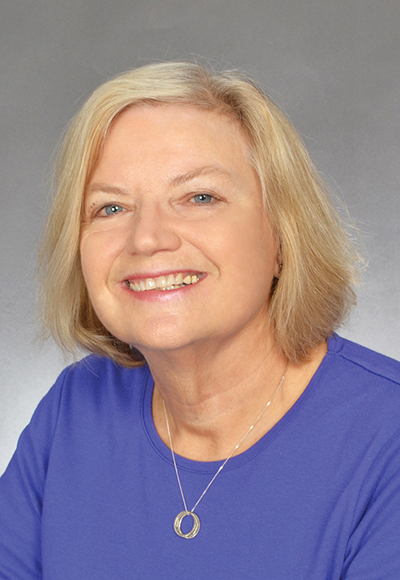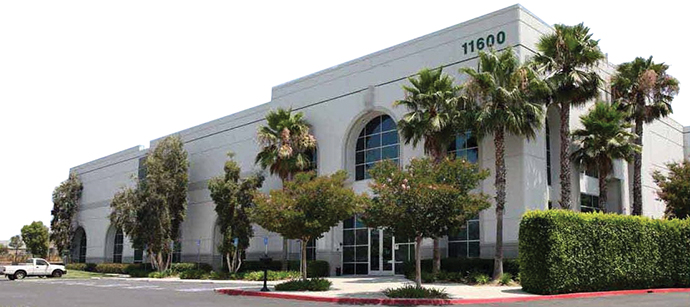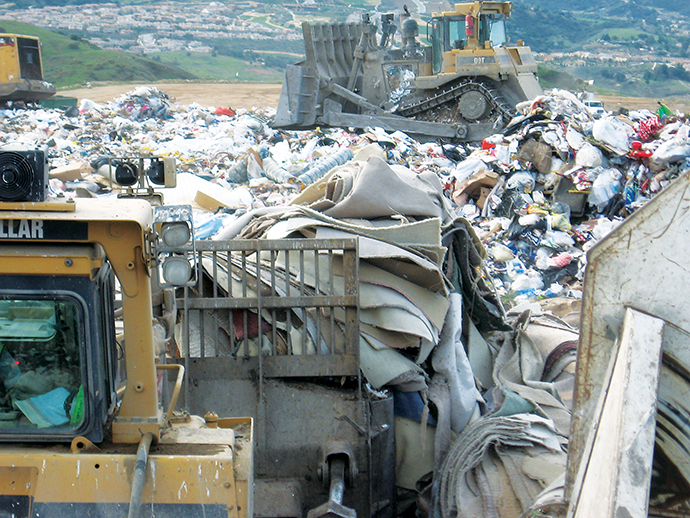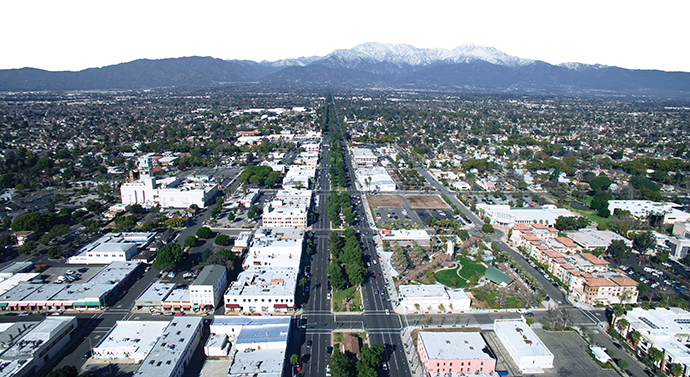Most of us take for granted the two things that separate us from the ground about 90 percent of our waking hours: the carpet on the floor and the tires on our car.
In San Bernardino County, California, at least two companies want to change that complacency.
ReRubber and XT Green are two high-tech recycling firms that have found a home in the largest county in the Inland Empire of Southern California. Both pursue big growth as they disrupt traditional industries.
ReRubber extracts rubber and steel from discarded tires and turns them into products that can be used in a wide range of industries. XT Green will recover nylon and polypropylene from carpet that would have ended up in landfills. The company’s recycled products will replace virgin plastic that requires large amounts of oil and greenhouse gas emissions to produce. A primary use for XT Green’s nylon pellets will be engine parts for the auto industry. To reach their +90% recycling goal, XT Green will also be recovering the calcium carbonate filler in the carpet for use as recycled content in building materials.
How these two firms came to call San Bernardino County home and form the makings of a green manufacturing cluster is a site selection case study that’s vintage California.
It’s part high-tech, part sustainability, part innovation and a lot of hard work.
“We are first and foremost an environmental company,” says J.D. Wang, president and CEO of reRubber LLC in Ontario, the fourth-largest city in the county behind San Bernardino, Fontana and Rancho Cucamonga. “Our first factory, in Ontario, handles all our higher recycling activity to extract the resources of value in the tire — primarily rubber and steel. Our second factory, in the city of San Bernardino, focuses on the upcycling effort. This is where we use advanced material science to take our rubber powder, produced at our Ontario plant, and make specialized products from it.”

End products from the San Bernardino plant include rubberized coatings, waterproof coatings and other water-based, environmentally friendly applicants. “We never use or produce any harmful chemicals,” Wang notes. “And we source all of our tires locally. Tires can be very costly to transport, so most of our supply comes from within a 50-mile radius.”
Being in a county of 2.14 million people in the heart of 24-million-resident Southern California means that access to tires is never a problem, says Wang. “Where you see cars, you see tires, and I don’t have to tell you how many people drive cars in Greater Los Angeles.”
Ontario and San Bernardino offered reRubber the logistics, workforce, cost structure and access to raw materials (scrap tires) that reRubber needs to grow the company, Wang says. “We located in Ontario in 2008 and expanded into San Bernardino last year. We are on an old Air Force base in San Bernardino, and in Ontario we are directly west of the airport.”
‘Smart’ Facility Sealed the Deal
With just over 100,000 sq. ft. of space on two sites, reRubber has ample room for growth, notes Wang. “We looked at Arizona, Nevada and all over California before choosing these sites,” he adds. “We looked at heavy industrial zones in Oakland, Sacramento, Los Angeles, San Diego, Ontario and surrounding areas. No place had the ideal location in terms of size, ingress and egress other than Ontario. Ontario was not a new facility but it was a smart one. It could absorb a new business like ours, and the city was very welcoming.”
Wang’s firm employs up to 40 people at peak production and has plans to grow. “I will be expanding our workforce in our current location. We are not using 100 percent of our space,” he says. “Plus, we plan on expanding to more facilities in the area.”


Wang describes the local workforce as “exceptional, hard-working, blue-collar labor. It is very rare to find material scientists anywhere, but we are working with scientists from the rubber industry and doing technology transfers. We are bringing technology to this county. The county and cities have been helpful in every aspect of our growth, including human resources.”
Gail Brice, senior vice president of XT Green, tells a similar story.
“We were founded in March 2013 to develop a new technology to reclaim resources from carpet that would have been headed to landfills,” she says. “Other companies had done that, but we’ve been able to significantly improve the quality of the products produced and increase the environmental benefits from recycling carpet. Based on our success, we were designated an ‘advanced manufacturer’ by the State of California — on the same day they approved Tesla — and in June were awarded a patent for our technology.”
Launched originally in Orange County, XT Green relocated to Rancho Cucamonga on May 1 of this year. “Now it’s time to build the manufacturing plant,” Brice says.
XT Green leased a 126,000-sq.-ft. industrial building in Rancho Cucamonga after an extensive search. “The largest population is in Southern California, so we knew we wanted to be in this area,” Brice says. “We needed a place that would be attractive to hiring a workforce of skilled labor. We wanted to be out of the main traffic pattern and be closer to affordable housing. We also need to be able to receive carpeting from San Diego and Northern California. We narrowed the search to Riverside and San Bernardino counties.”
The entire site search took six months and it wasn’t easy, notes Brice. “First, the vacancy rate for a building our size is less than 2 percent. This is a booming area because of e-commerce,” she says. “Products come in from the ports and go straight to the Inland Empire where the fulfillment companies need large warehouses. We had to compete against them. Plus, many California cities have adopted ordinances that will not allow recycling facilities. Fortunately, because the XT Green process is designed to be ultra-clean, I was able to meet with city planners and overcome their objections.”
That’s when XT Green got some needed support. “The Governor’s Economic Development Office called the cities in the area and asked them to help us find a place. Rancho Cucamonga called us at 6 o’clock that evening and said, ‘You guys are exactly what we want in our city. We want sustainable companies and we want to reduce greenhouse gases. We want to reduce our carbon footprint.’ I stopped by and they had a room full of everyone in the city who would have to approve our project.”
Finding the ‘Perfect’ Fit
Brice calls the building “perfect for us. It has 126,000 square feet and we are preparing to build phase one right now. We’ll use about 60 percent of the building and ramp up to 60 manufacturing jobs beginning in November with production starting in the first half of 2018. We’ll add another 30 jobs in late 2018 when we build our phase 2 plant. We’ll also be helping to create 30 to 40 additional jobs in expanded carpet collection throughout California.”
California is the first U.S. state to have a carpet stewardship program to help keep carpet out of landfills. To support carpet recycling, California consumers are assessed a small fee when purchasing carpet. The stewardship program will pay XT Green a subsidy for every pound of recycled products produced and sold. XT Green also received a $250,000 infrastructure grant from the program as well, Brice adds.
“About 3 billion to 4 billion pounds of carpet is disposed in landfills every year. Outside of California, only 4 percent of this material is recycled,” says Brice. “The first XT Green facility will divert 40 million pounds of carpet from landfills annually. Because the XT Green products replace virgin nylon and propylene made from petroleum, XT Green will annually save 13.2 million gallons of oil and provide a greenhouse gas emission reduction benefit equivalent to planting 3.5 million trees. We want to duplicate our facility across the country and duplicate these environmental benefits too. This location will serve as our corporate headquarters for our nation-wide expansion.”
Reg Javier, deputy executive officer of workforce and economic development for San Bernardino County, said that firms like reRubber and XT Green represent the kinds of businesses the county wants to attract.
“Our region remains one of the best locations for manufacturing in Southern California,” Javier said. “We provide the best cost structure for business and the necessary transportation and workforce resources for a firm such as XT Green. It’s exciting that they are looking to our county to launch this new important technology.”
John Gillison, city manager for Rancho Cucamonga, echoed that sentiment. “XT Green is indicative of the type of leading-edge ‘green’ firm that we want to attract to our city,” he said. “They are proving to be leaders in their industry and will do much to pave the way for other firms that are committed to green technology to locate to our community and region.”
This Investment Profile was prepared under the auspices of San Bernardino County government. For more information, contact the county Economic Development Agency at 909-387-9801. On the Web, go to www.sbcountyadvantage.com.

